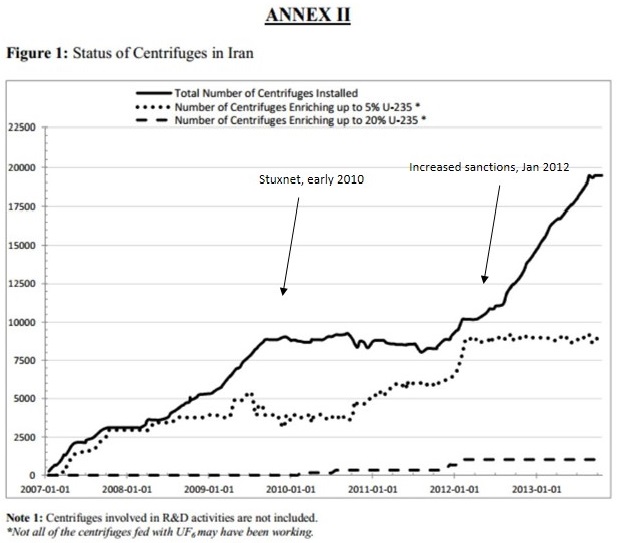Will Obama Show Reagan’s Courage and Suspend Tank Transfers to Israel?
In the worst strike yet by Israel against a United Nations school where Palestinian civilians were seeking shelter from the carnage, up to 19 people were killed and 125 were wounded last night when Israeli tanks shelled the school in Jebalya. Citizens in Gaza have very limited options on where to go once Israel issues an ultimatum to evacuate an area. Reuters reports that more than 200,000 have sought refuge in UN schools and other UN buildings since the fighting broke out. Also yesterday, Israeli tanks shelled the only power plant in Gaza, forcing it to be shut down when a fuel tank was hit.
Israel, of course, claims that there was mortar fire from the vicinity of the UN school:
An Israeli military spokeswoman said militants had fired mortar bombs from the vicinity of the school and troops fired back in response. The incident was still being reviewed.
It is hard to see the shelling of the power plant, however, as anything other than collective punishment for all of Gaza. For all of Israel’s yammering about terror tunnels and the scary rockets that Hamas is firing toward Israel, numbers in a CNN article this morning drive home the asymmetry of the conflict. Gaza is home to 1.8 million residents while Israel has a population of 8 million. Israel’s armed forces have 176,000 active personnel. As for Hamas:
The U.S. State Department says there are “several thousand” Gaza-based Hamas militant operatives along with a “reported 9,000-person Hamas-led paramilitary group known as the ‘Executive Force.'”
Tellingly, CNN does not separate Palestinian civilians from Hamas militants when it first touches on casualty figures, stating only that “more than 1200 Palestinians have been killed”. The Reuters article linked above puts the number this morning at 1270. Only later in the CNN article do we learn that Israel estimates that it has killed “more than 300” Hamas militants. That means that Israel’s own estimate is that 76% of the Palestinians they have killed are civilians. For all of Israel’s claims about the “pin-point precision” of its attacks, that is a horrible track record.
Of course, Israel hides behind claims of Hamas using civilians as human shields to justify the high civilian death rate. The problem, though, is that it is impossible to see how Israel faces any sort of imminent danger from any Hamas militants who may be hiding among Palestinian refugees (or even in the terror tunnels!). While the death toll of Palestinian civilians is approaching a thousand in this conflict, a grand total of three Israeli civilians have died, along with 53 soldiers who have died once Israeli forces crossed into Gaza. The UN is taking as many precautions as they can to screen the refugees in their shelters, and they have found and disclosed rockets that operatives tried to hide in shelters three times now.
Given the horrific numbers of civilians killed and the clearly punitive nature of bombing the power plant, it is time to visit the regulations and policies that apply to US arms and arms funding that flows to Israel. Consider this policy pronouncement in Defense News in April of this year, where we learn that:
a State Department official said Washington’s classified Conventional Arms Transfer Policy has been updated to make clear that the US will not transfer arms, equipment or training to countries that commit genocide, crimes against humanity or violate international humanitarian law.
The law against collective punishment is clear and the ratio of civilians to militants killed, along with the repressive blockade and power plant bombing would seem to be slam dunks for proving collective punishment.
Further, none other than the war mongers’ best friend Ronald Reagan actually intervened (pdf) in arms transfers to Israel once when they over-stepped the bounds of humanity:
Questions raised regarding the use of U.S.-supplied military equipment by Israel in Lebanon in June and July 1982, led the Reagan Administration to determine on July 15, 1982, that Israel “may” have violated its July 23, 1952, Mutual Defense Assistance Agreement with the United States (TIAS 2675). Concerns centered on whether or not Israel had used U.S.-supplied anti-personnel cluster bombs against civilian targets during its military operations in Lebanon and the siege of Beirut. The pertinent segment of that 1952 agreement between Israel and the United States reads as follows:
The Government of Israel assures the United States Government that such equipment, materials, or services as may be acquired from the United States … are required for and will be used solely to maintain its internal security, its legitimate self-defense, or to permit it to participate in the defense of the area of which it is a part, or in United Nations collective security arrangements and measures, and that it will not undertake any act of aggression against any other state.
It should be noted that none of the critical terms such as “internal security,” “legitimate self-defense,” or “act of aggression” are defined within this 1952 U.S.-Israeli agreement. The House Foreign Affairs Committee held hearings on this issue in July and August 1982. On July 19, 1982, the Reagan Administration announced that it would prohibit new exports of cluster bombs to Israel. This prohibition was lifted by the Reagan Administration in November 1988
Note that Israeli tanks appear to have been involved in the shelling of both the school and the power plant. That would make tanks and their ammunition perfect candidates to replace the cluster bombs in a repeat of Reagan’s move in 1982. From the figures in this document (pdf, see this pdf for a guide to the categories), it appears that in 2013, the US provided over $620 million worth of assistance in the category of “Tanks and Military Vehicles” to Israel, just among the figures reported by the State Department rather than the Defense Department.
Of course, don’t look for Obama to have the courage to stem the flow of money and weapons to Israel any time soon. In the meantime, it will be up to outside groups to apply what little pressure they can.
Update: From the UN statement on the shelling of the school (the sixth one hit!):
Last night, children were killed as they slept next to their parents on the floor of a classroom in a UN designated shelter in Gaza. Children killed in their sleep; this is an affront to all of us, a source of universal shame. Today the world stands disgraced.
We have visited the site and gathered evidence. We have analysed fragments, examined craters and other damage. Our initial assessment is that it was Israeli artillery that hit our school, in which 3,300 people had sought refuge. We believe there were at least three impacts. It is too early to give a confirmed official death toll. But we know that there were multiple civilian deaths and injuries including of women and children and the UNRWA guard who was trying to protect the site. These are people who were instructed to leave their homes by the Israeli army.
The precise location of the Jabalia Elementary Girls School and the fact that it was housing thousands of internally displaced people was communicated to the Israeli army seventeen times, to ensure its protection; the last being at ten to nine last night, just hours before the fatal shelling.



